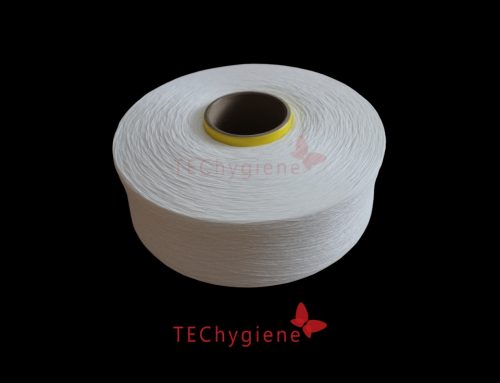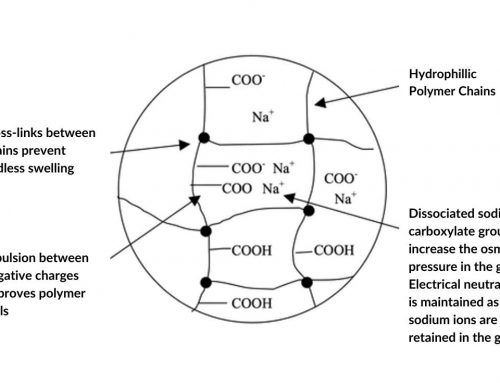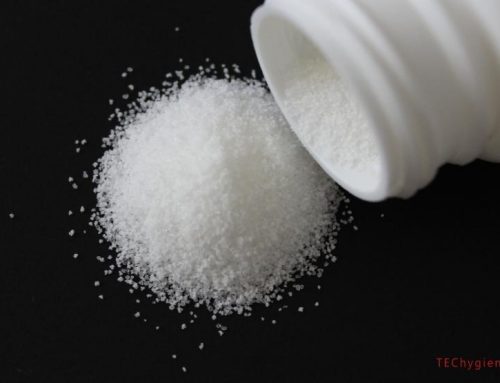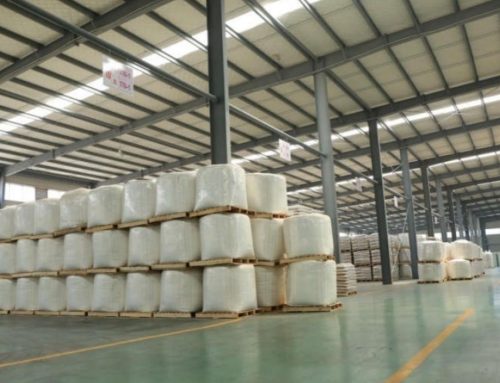In this post, we will dive into the processes of spandex production. Lets go one by one:
Polymer: The macromolecule (polymer) that makes up the synthetic fiber is the giant molecules formed as a result of the bonding of small molecules called mers (monomers) and which are identical to each other by covalent bonds. The reactions that form polymers by the combination of monomers are called polymerization reactions.
Polymerization reactions related to synthetic fibers are grouped under three headings.
- Polycondensation reactions; These are reactions in which small molecule compounds (H2O, HCl, NH3) are released as a result of the reaction, which are at least two reactive groups in their structure; Polyester (PES) and polyamide (PA) from synthetic fibers are formed as a result of these reactions.
- Polyadition reactions; are reactions in which a small molecule compound is not released as a result of the reaction, Polyurethane (PUR) is obtained as a result of these reactions.
- Polymerization reactions; Polyacrylynic (PAN/PAC), Polyethylene (PE), Polypropylene (PP) and Polyvinylchloride (PVC) from synthetic fibers are obtained as a result of these reactions.
Although the number of natural and synthetic polymer substances that can be used to obtain artificial fiber is very high; it is not possible to obtain fiber from every macromolecule. In order to obtain fiber from a macro-molecular substance;
The polymer in question must have a certain molecular weight and therefore molecular length (degree of polymerization) and must consist of macro molecules with a possible linear (straight chain) structure. There must be some effective gravitational force between macromolecules, and as a result, macromolecules should not exist alone in fibers but should be in mutual relationship.
There are two methods to give polymer materials the fiber form to be used in the textile industry.
Fiber extraction from the melt;
The polymer substance, whose melting point is below 300 ̊C and whose macromolecules do not break down or undergo any changes when melted; by breaking the bonds between macromolecules with the effect of temperature, by gaining the appropriate viscosity (fluidity), after passing through the perforated apparatus called flat, it is hardened again and the fiber form is given.
Fiber extraction from solution;
Polymer material; It is based on the principle of dissolving in a suitable solvent (acetone, methylenechloride, dimethylformamide …) with properties such as not having a high evaporation point, not being toxic, not becoming explosive in the air when evaporated, being available abundantly and cheaply, removing the solvent substance after squirting from the flats at the appropriate viscosity, thus giving the fiber form to the polymer substance.
The stage of removal of solvent; dry fiber attraction method, when made by evaporation with hot air or a hot inert gas (usually nitrogen),
The stage of removal of solvent; The solution that is brought into contact with liquids in the precipitation bath is called the wet fiber attraction method by mass conduction (osmosis-diffusion events) and in some cases chemical reactions (regenerated cellulose fiber according to the viscose method) by releasing the solvent into the liquid in the bath and solidifying the polymer by gelling.
If the fibers are left as they pass through the straightens and solidify, they are called FILAMENT (seamless fiber, infinite fiber, continuous fiber). If the filament wire forms a thread alone, it is called monofilament, and if several filaments are combined to form a thread, it is called a multifilament yarn. If the fiber wires that pass through the straights and solidify are cut to the desired lengths at the end of production, they are called staples, staple fibers.
| Fiber Extraction Methods and Examples of Fiber Types Produced | |
| Fiber Extraction Methods | Fiber Types |
| Fiber Extraction from Melt | Polyester, Polyamide 6.6, Polyolefin |
| Dry Fiber Extraction | Cellulose acetate, Cellulose triacetate, Acrylic, Modacrylic, Vinyon, SPANDEX |
| Wet Fiber Shot | Acrylic, Modacrylic |

PRODUCTION FLOWCHART OF ELASTENE FIBRE
Spandex is formed as a result of dry fiber extraction. In dry processes, the solvent is recovered in an environment where hot gases are transferred by the reverse current. The flat middle used in dry fiber extraction is hollow, through which hot nitrogen gas is squirted at 310-400 ̊C. Only dimethylformamide is used as the solvent in dry fiber attraction, and since the boiling point of dimethylformamide is 310 ̊C, fiber rays are obtained by evaporating the solvent at this temperature.
Formed fibers; then they are subjected to successive processes such as washing, finishing processes for softening, drying, stretching, curling, fixing. They are made available for use in the sector and baled and put on the market. If they are to be produced in colored form, then after solidifying into fiber before washing, they enter the paint baths. Then the aftermath processes are the same as the production of colorless fibers.
REFERENCES
Tekstil Liflerinin Polarize Işık Mikrokobu İle Analizi , İstanbul Üniversitesi Adli Tıp Enstitüsü Fen bilimleri Anabilim Dalı , Yüksek Lisans Tezi , 2011
Elastan İplik Kullanımı (Tekstil Dershanesi-Mayıs 2013/Erol Türkan)., https://www.tekstilteknik.com.tr/spandeks-ipliklerin-kullanim-alanlari-ve-ürune-katma-degeri 2021
Filament İplik Üretimi, Miili Eğitim Bakanlığı Tekstil Teknolojisi, 2011
If you want to know more about Spandex, you can check our blog post below:





Leave A Comment